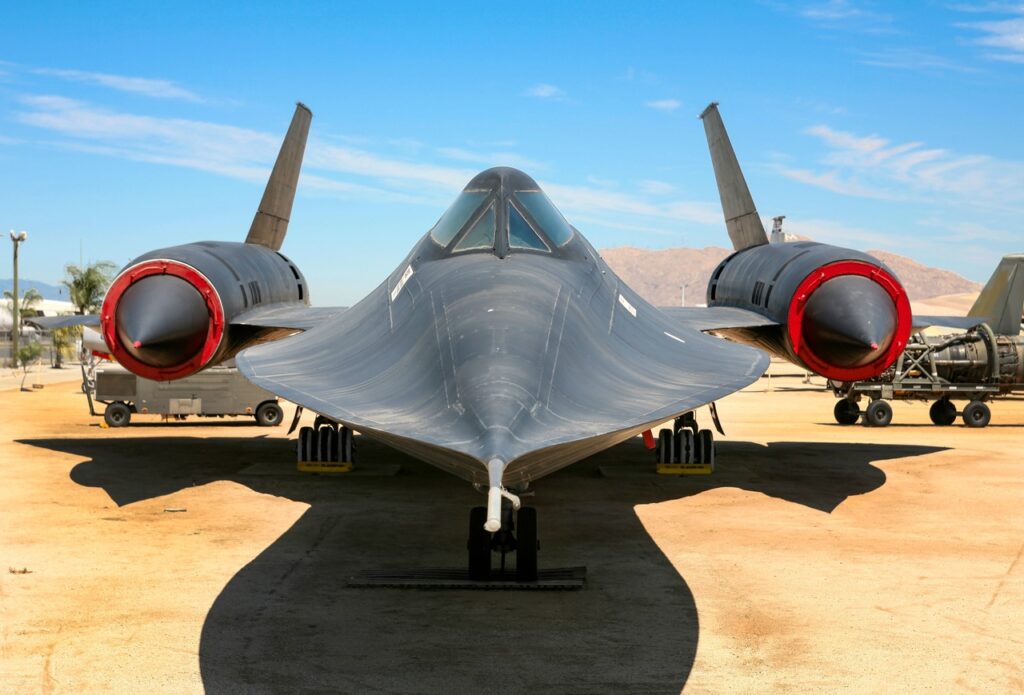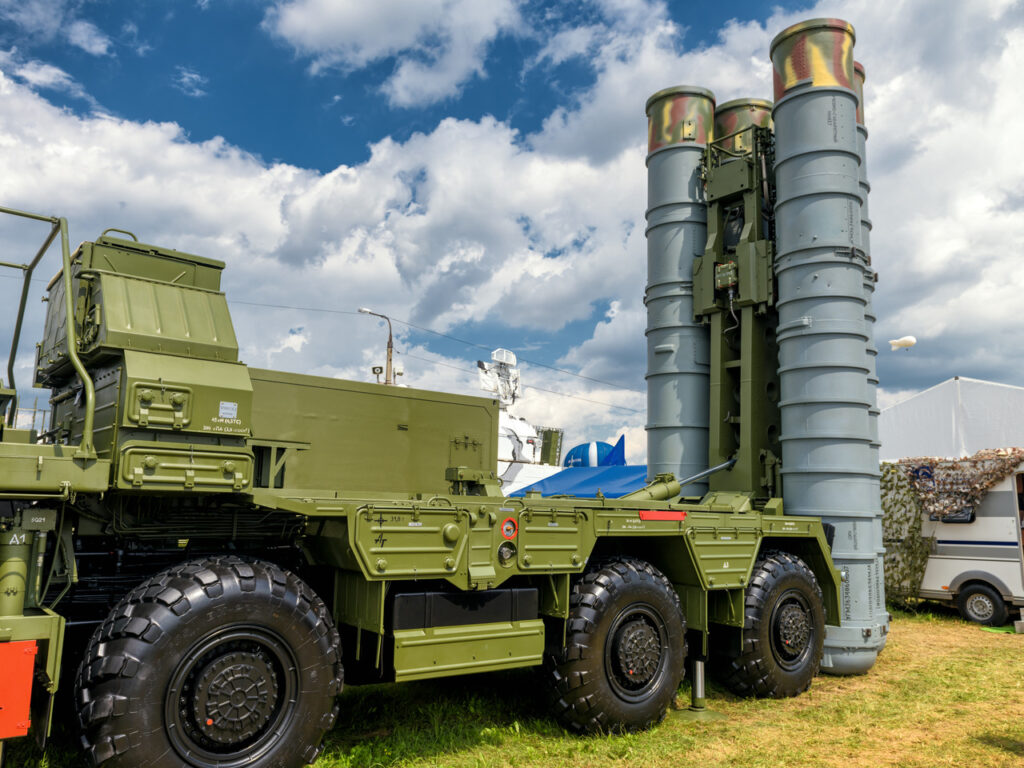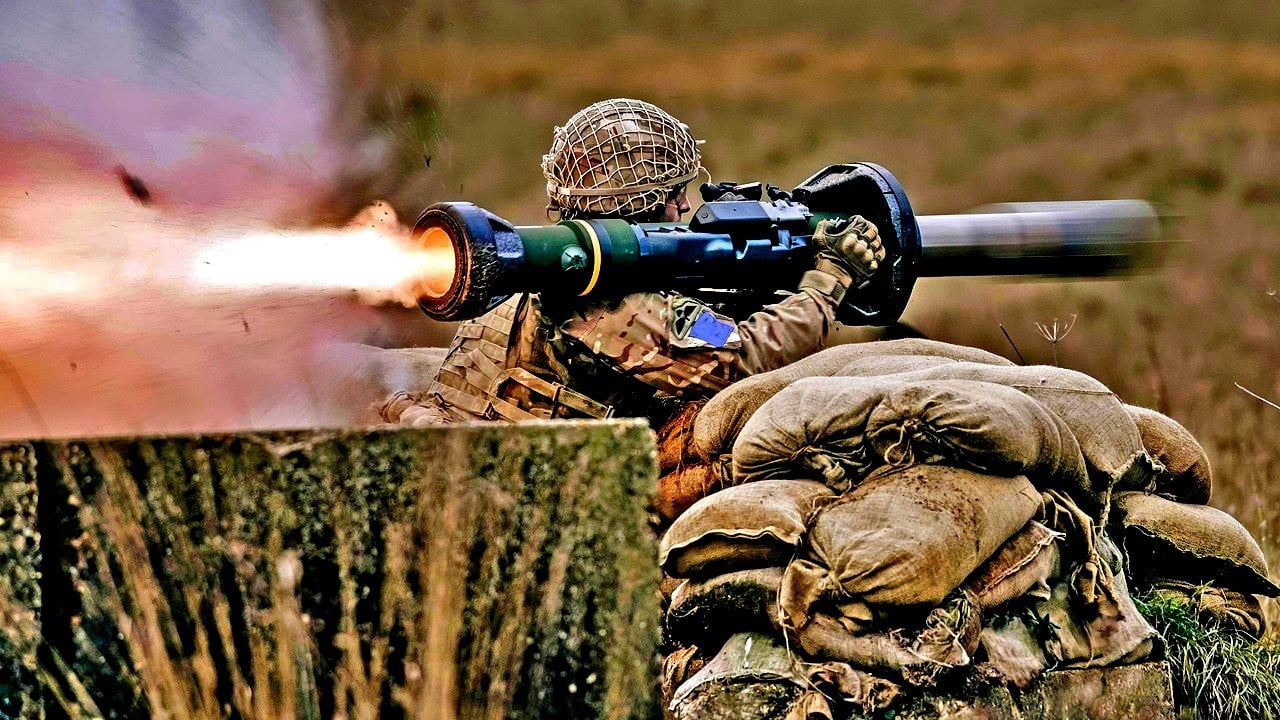
Russia Is Desperate in Ukraine: Now Using North Korea ‘Tank-Killer’ Weapons
Summary and Key Points: The war in Ukraine has taken an unexpected turn, forcing Russia to scramble for military resources and turn to allies like Iran and North Korea for support. Isolated on the global stage due to its illegal invasion and allegations of war crimes, Russia has received suicide drones from Iran and artillery shells from North Korea.
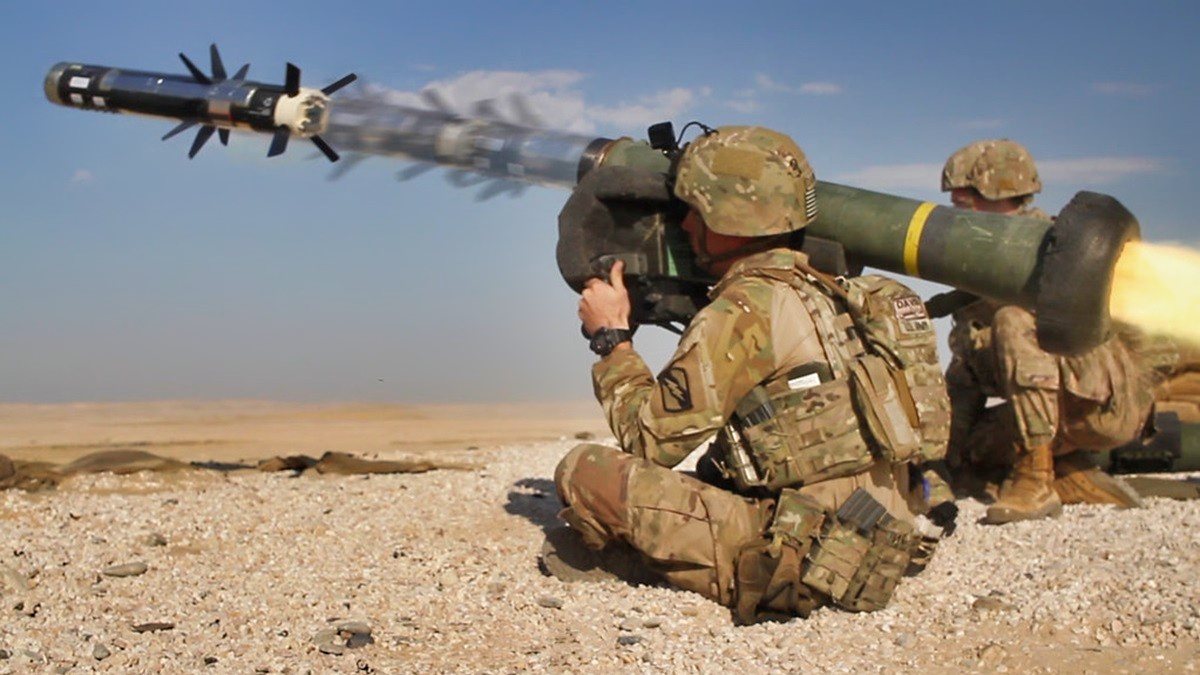
-Recent frontline videos reveal that North Korea has also supplied Russia with Bulsae-4 anti-tank missile vehicles, likely to compensate for significant losses in armored vehicles. The Bulsae-4, based on the Russian BTR-80 chassis, is designed to target enemy tanks, a crucial role in the ongoing conflict where tanks remain central to ground combat.
-The high number of Russian tank losses, estimated between 3,000 and 8,000, underscores the severity of the situation.
Russia Needs Help for the Ukraine War: North Korea Is the Answer
The war in Ukraine took an unanticipated trajectory, and it has thrown the Russian military off guard, forcing it to resort to emergency solutions to remain in the fight.
Russia’s illegal invasion and its cruel behavior in Ukraine – evidence from multiple sources suggests that Russian troops have engaged in repeated war crimes – have marginalized it in the international community.
As such, Moscow has turned to unsavory bedfellows to find military support for its war. Iran and North Korea have provided assistance to the Russian military.
Tehran has provided thousands of suicide drones to Moscow, many of which have been used against Ukrainian urban centers and critical infrastructure. Pyongyang sends artillery shells, and now, anti-tank missile vehicles.
Bulsae-4 Anti-Tank Vehicles in Russian Service
In June, Russian President Vladimir Putin visited North Korea and signed a defense pact with North Korean leader Kim Jong Un. Among other things, the defense pact likely involved the transfer of military equipment from North Korea to Russia to support the fighting in Ukraine.
Judging from frontline videos that surfaced this week, the pact included the transfer of Bulsae-4 anti-tank missile vehicles to the Russian military.
One video shows a drone spotting what looks like a Bulsae-4 armored vehicle near Vovchansk, Eastern Ukraine. Heavy fighting has continued in the area since May after the Russian military launched a large-scale offensive in an attempt to take Kharkiv, Ukraine’s second-largest city. Overall, the offensive has failed. It has cost Russia more than 40,000 troops and thousands of heavy weapons systems. It is likely that attrition in armored vehicles forced the Russian military to deploy the Bulsae-4 to that part of the contact line.
Manufactured in North Korea, the Bulsae-4 is an anti-tank missile armored vehicle based on the chassis of the Russian BTR-80 armored personnel carrier. It has a turret equipped with eight anti-tank missile tubes, and its main goal on the battlefield is to locate and take out enemy tanks.
The Russian military is in dire need of specialized armored vehicles – indeed, of any and all vehicles. It has even used golf carts to transport troops on the battlefield. The addition of the Bulsae-4 is an attempt to address the Russian military’s flagging anti-tank capabilities.
Contrary to some pre-war beliefs about the irrelevance of the tank on the 21st century battlefield, the war in Ukraine has shown that main battle tanks still stand right at the center of ground combat. Both sides have used tanks for offensive and defensive operations. The amount of casualties highlights the high usage of tanks, with the Russian military having lost between 3,000 and 8,000 main battle tanks.
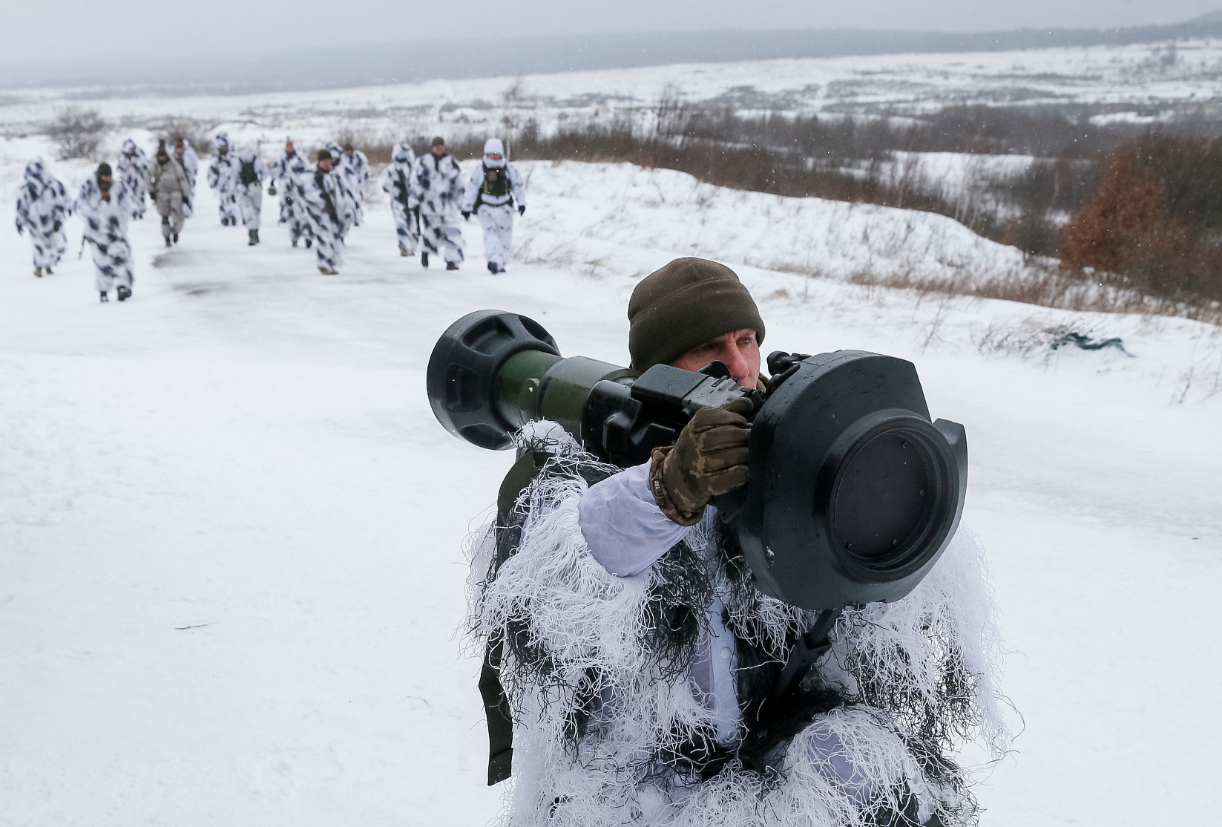
The Kremlin’s moves, and its need to rely on pariah states for military support, show that the war of attrition it is fighting is not as sustainable as many in Moscow would like.
About the Author
Stavros Atlamazoglou is a seasoned defense journalist specializing in special operations and a Hellenic Army veteran (national service with the 575th Marine Battalion and Army HQ). He holds a BA from the Johns Hopkins University and an MA from the Johns Hopkins’ School of Advanced International Studies (SAIS). His work has been featured in Business Insider, Sandboxx, and SOFREP.
Image Credit: Creative Commons and/or Shutterstock.

